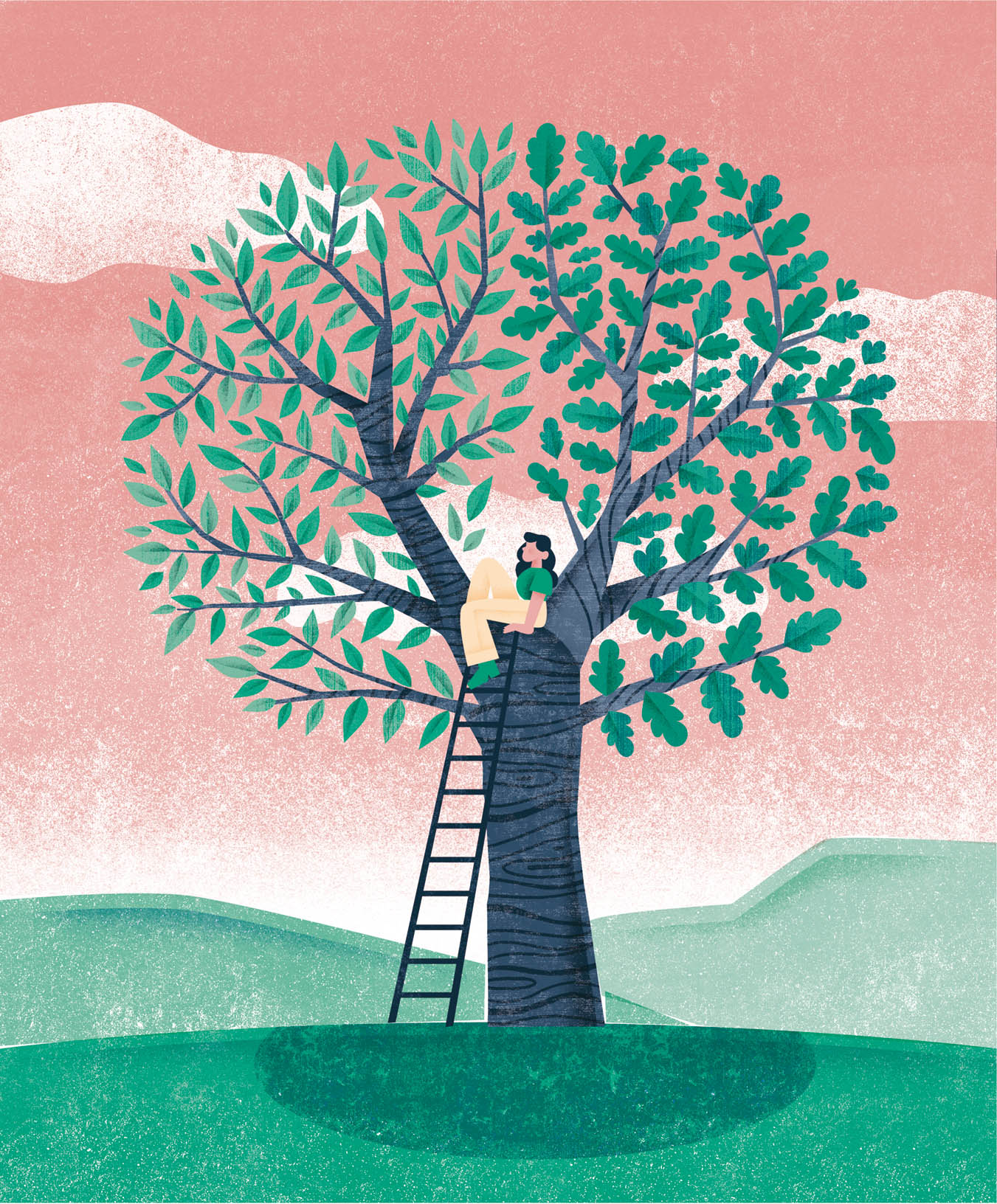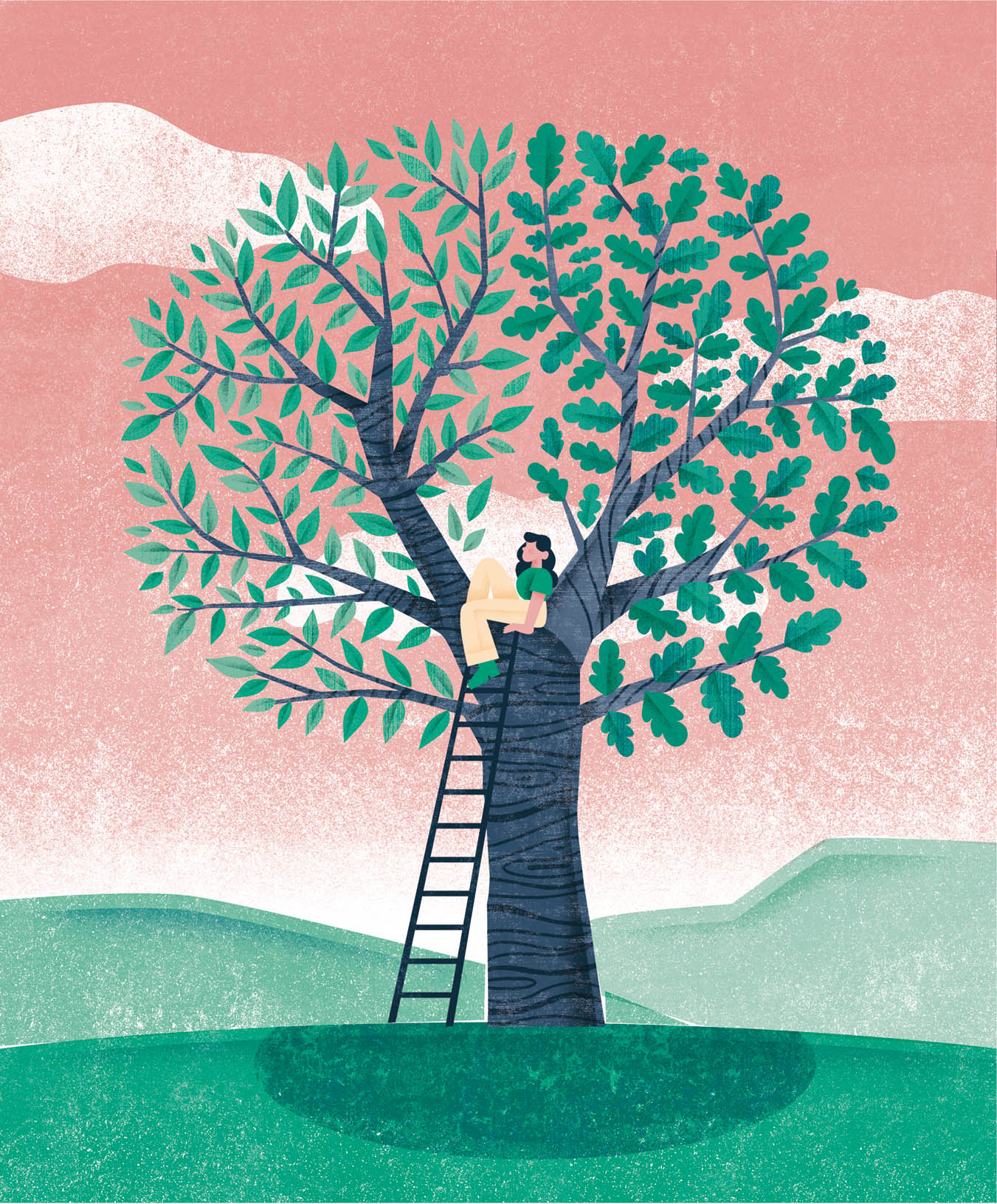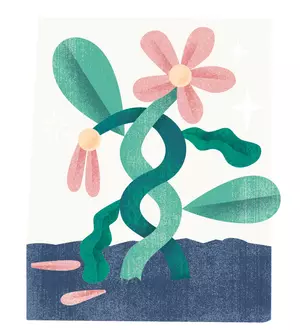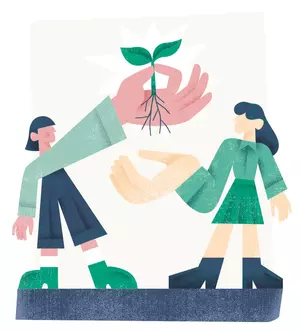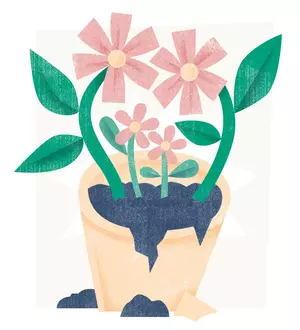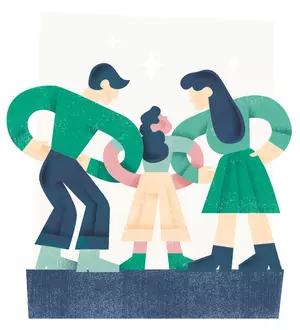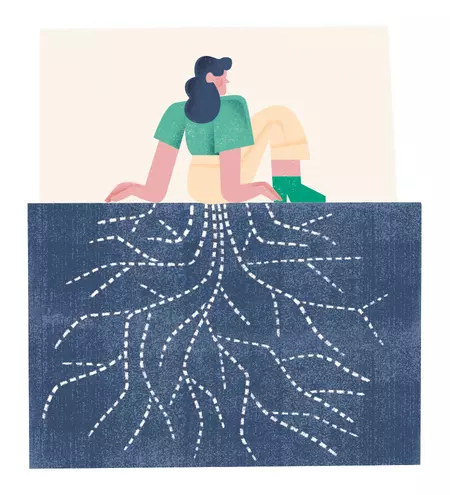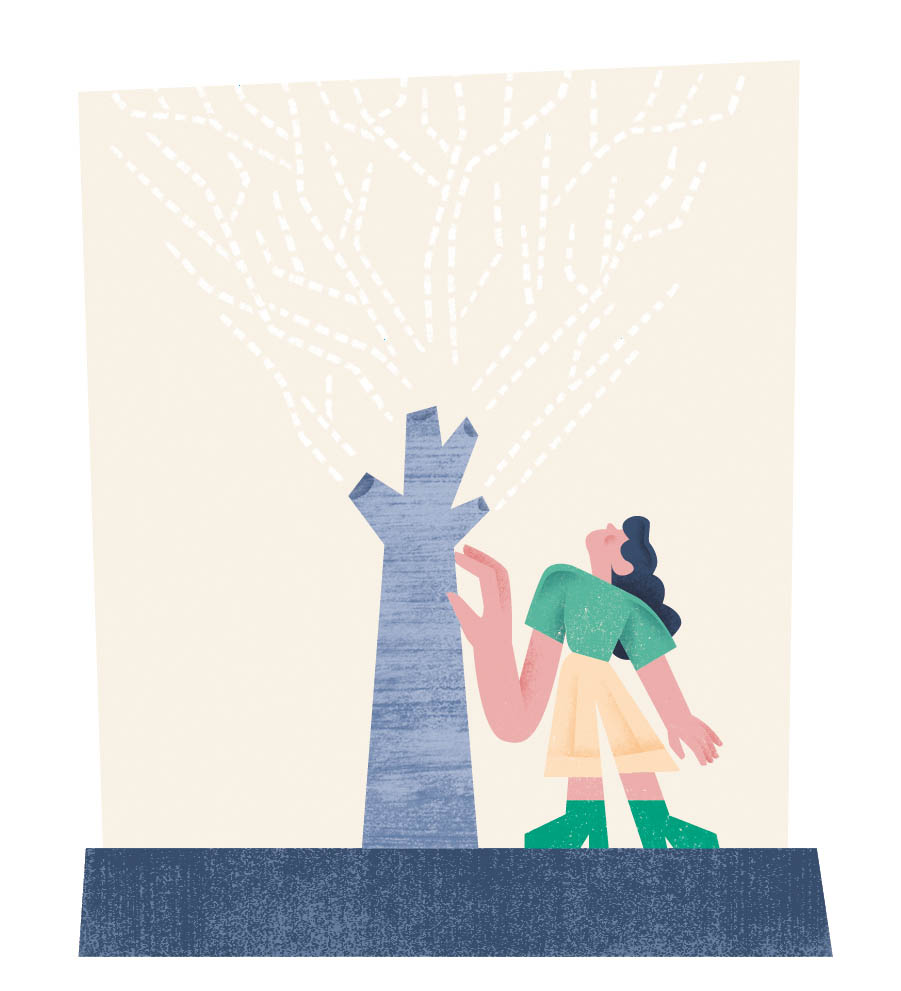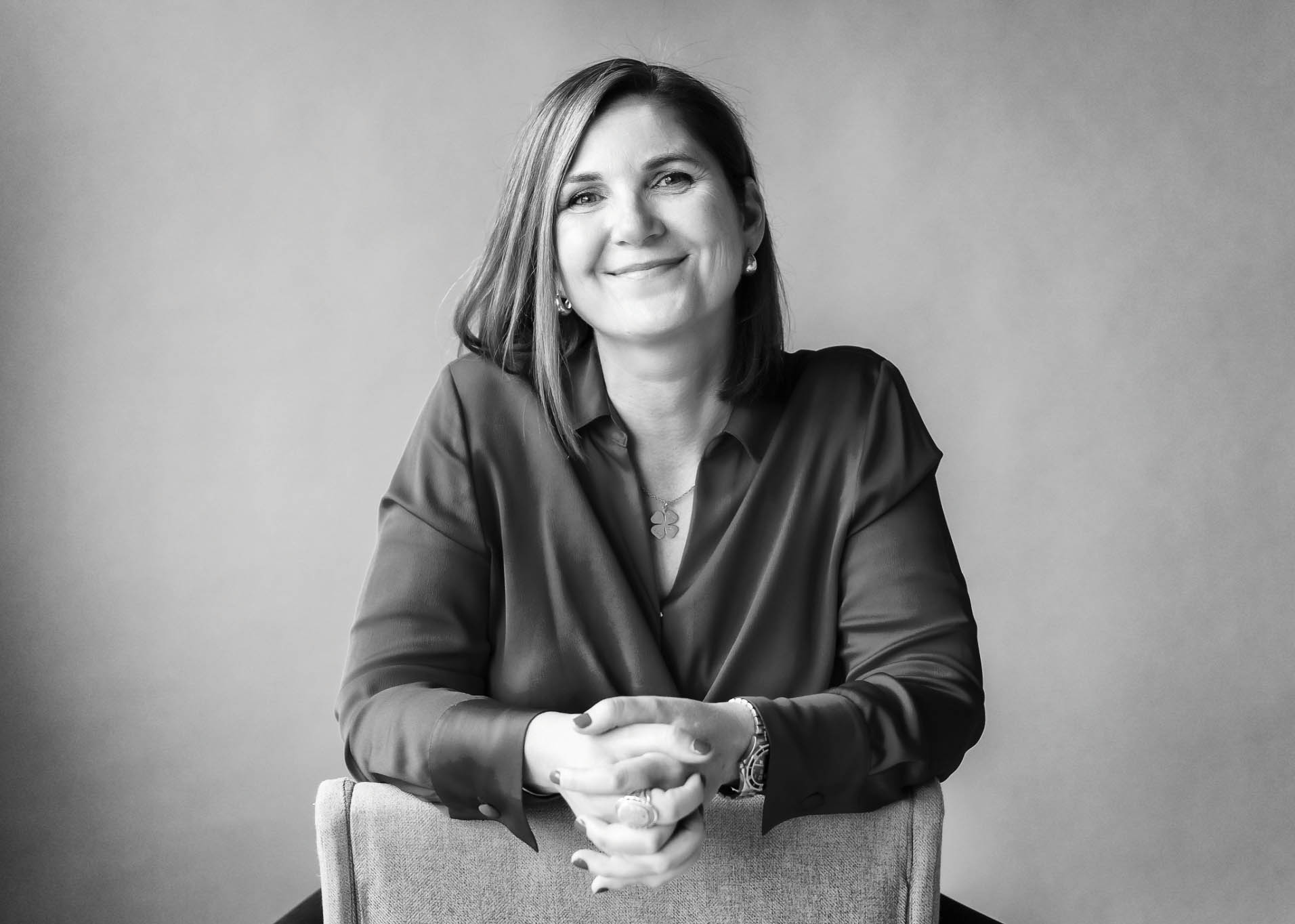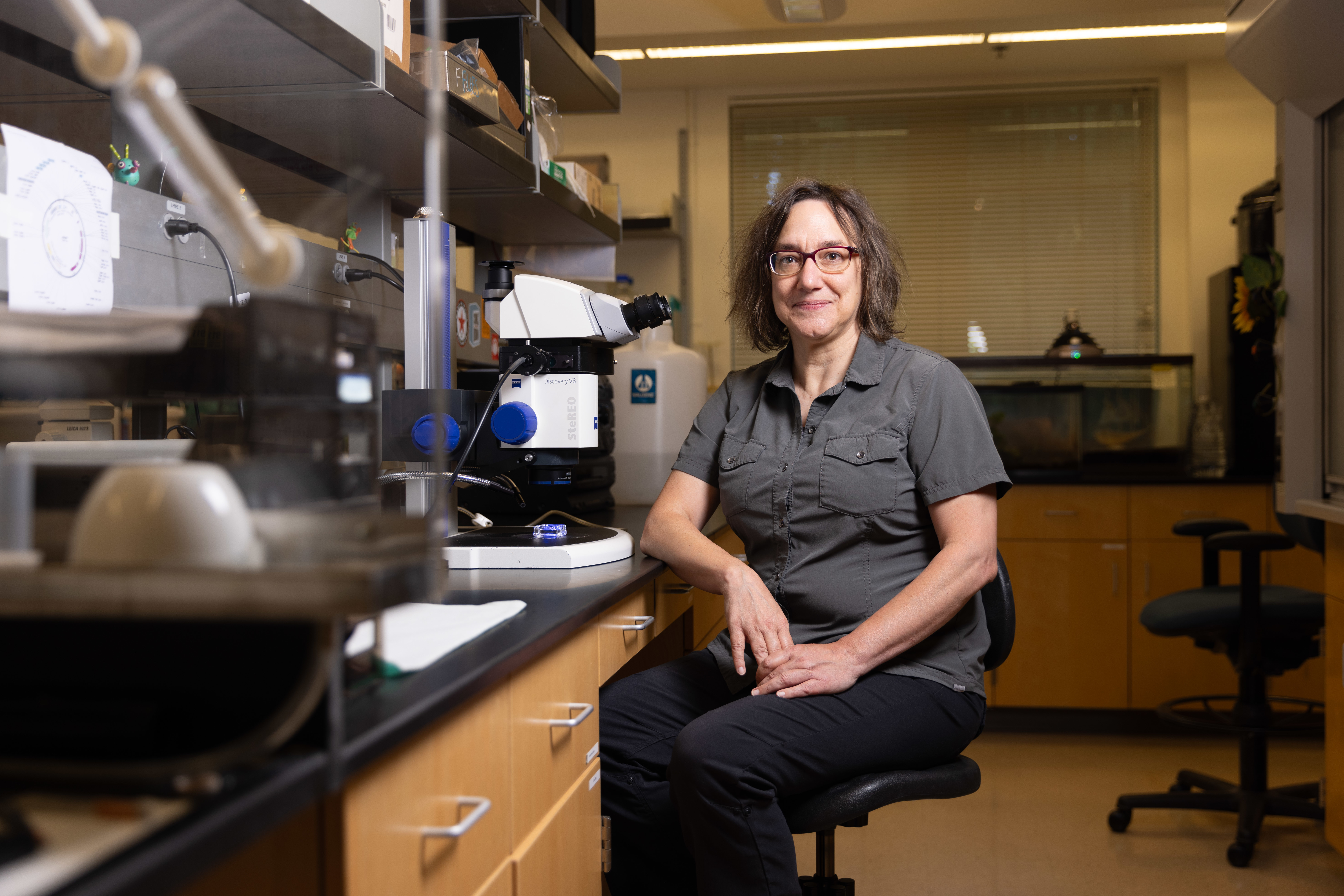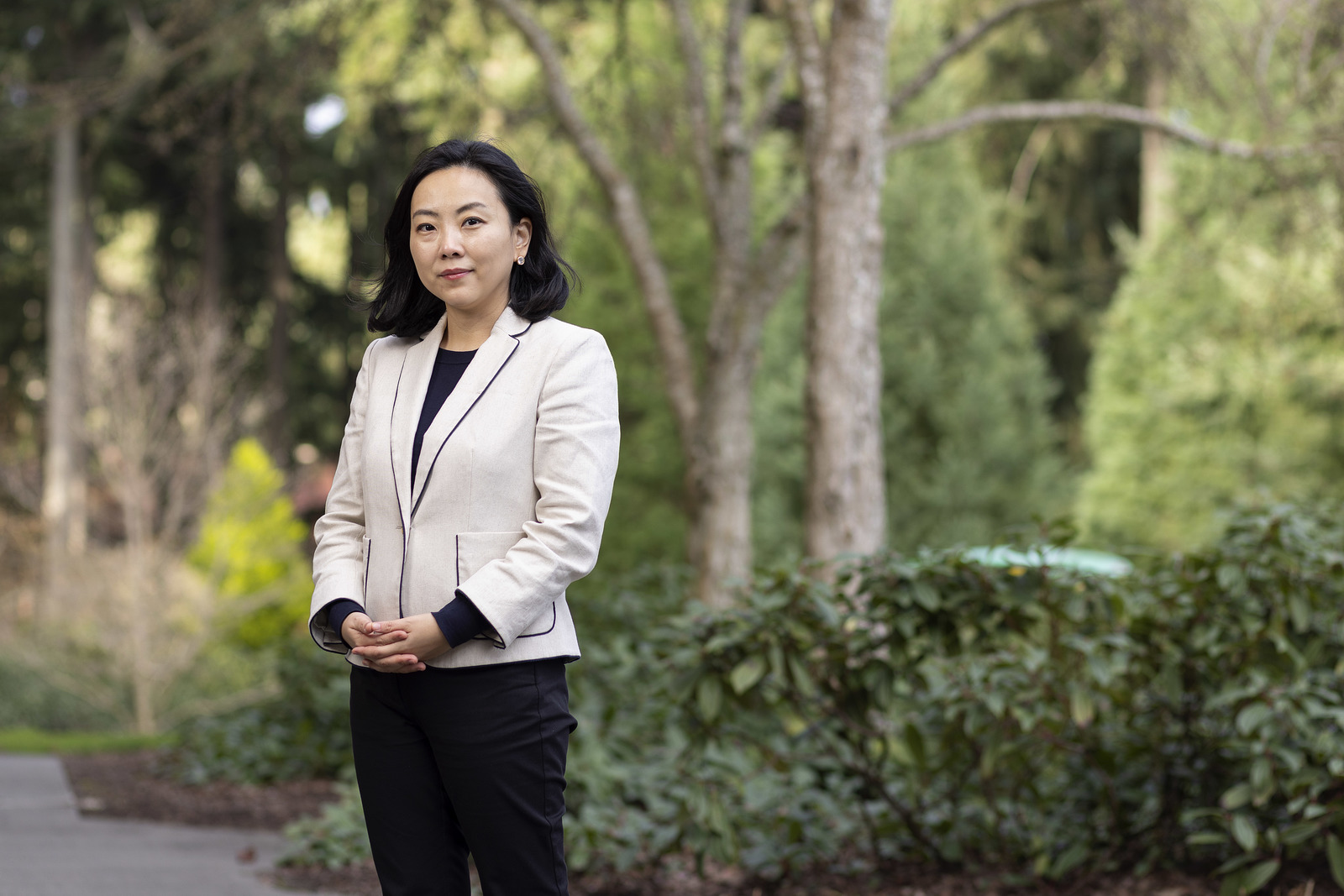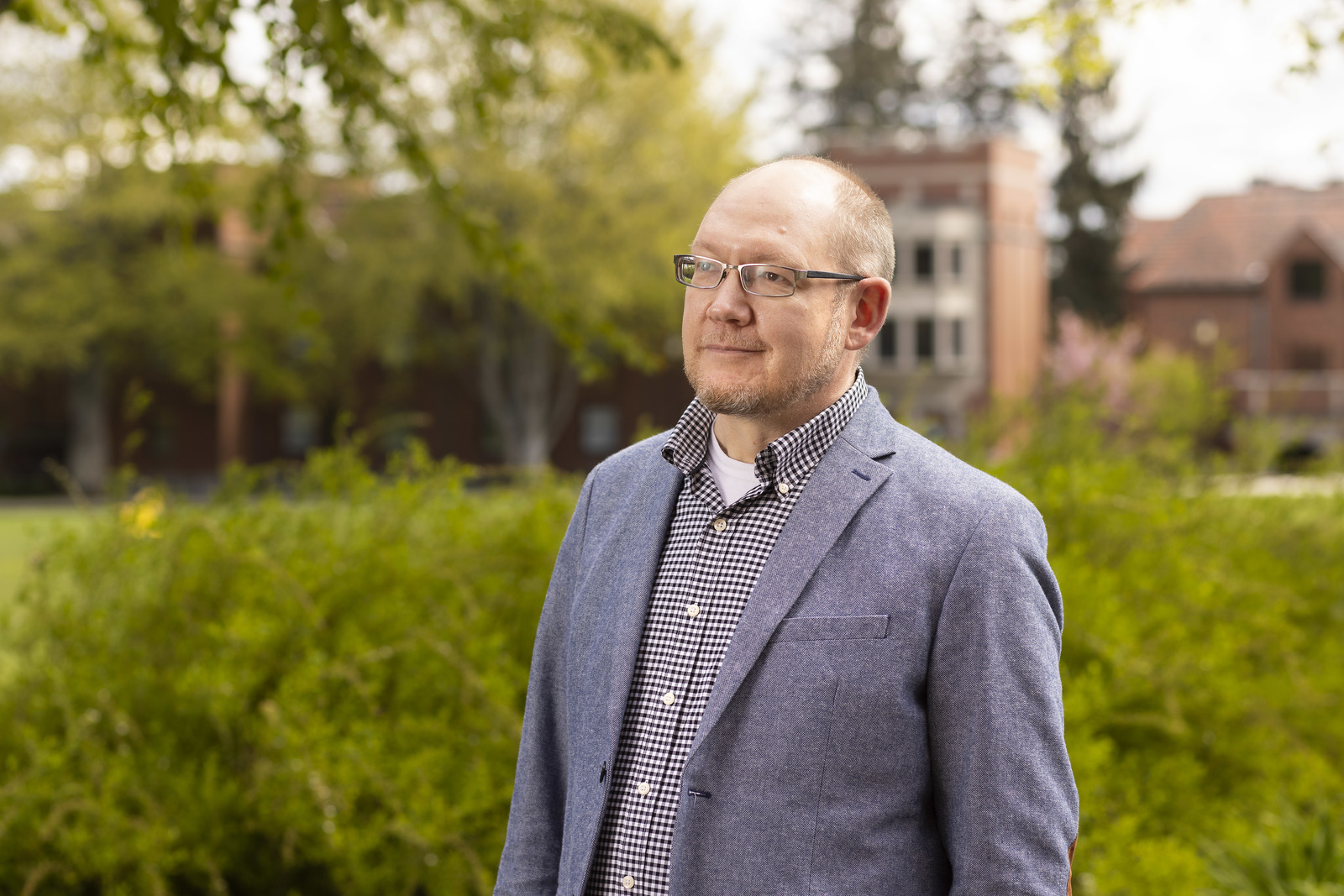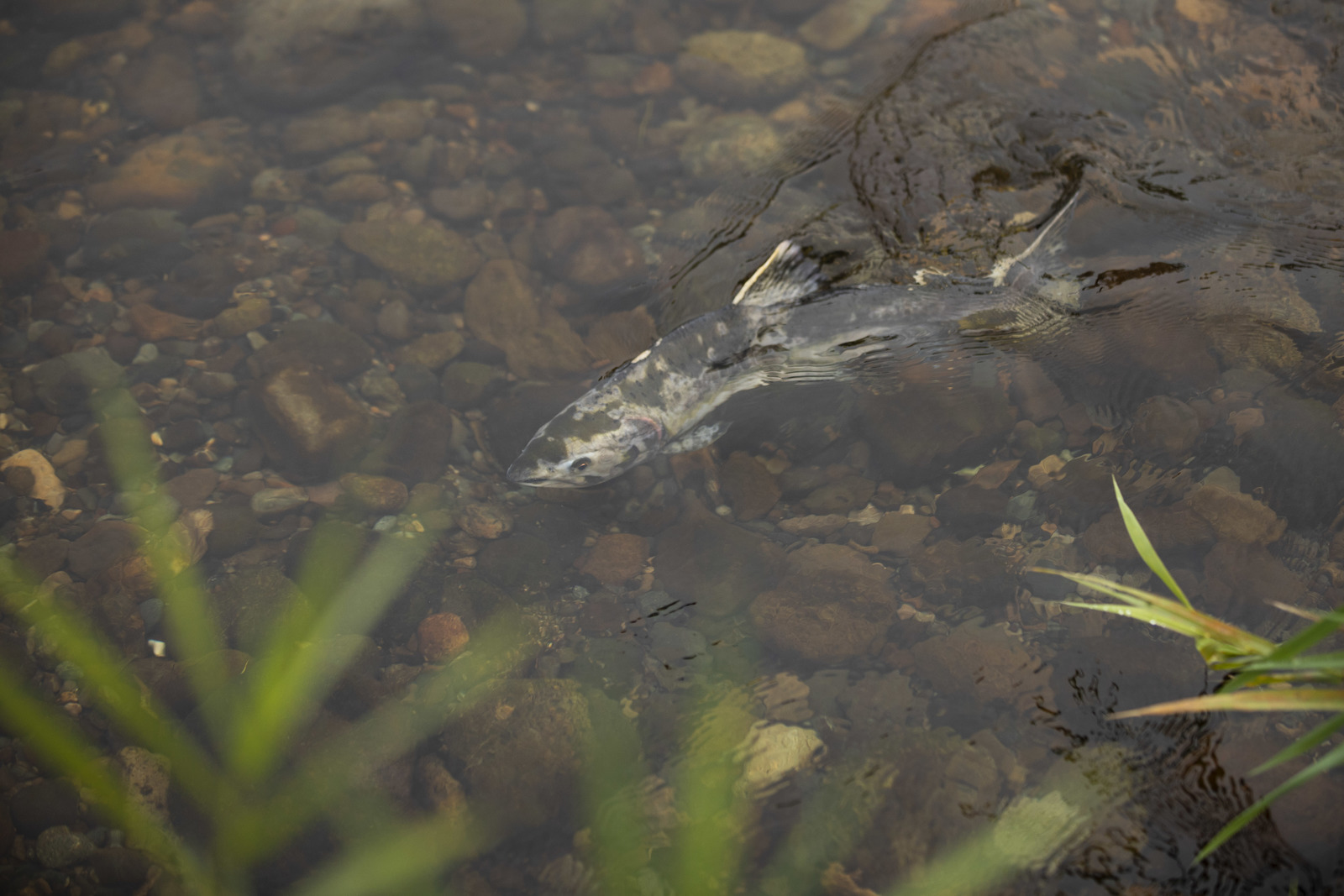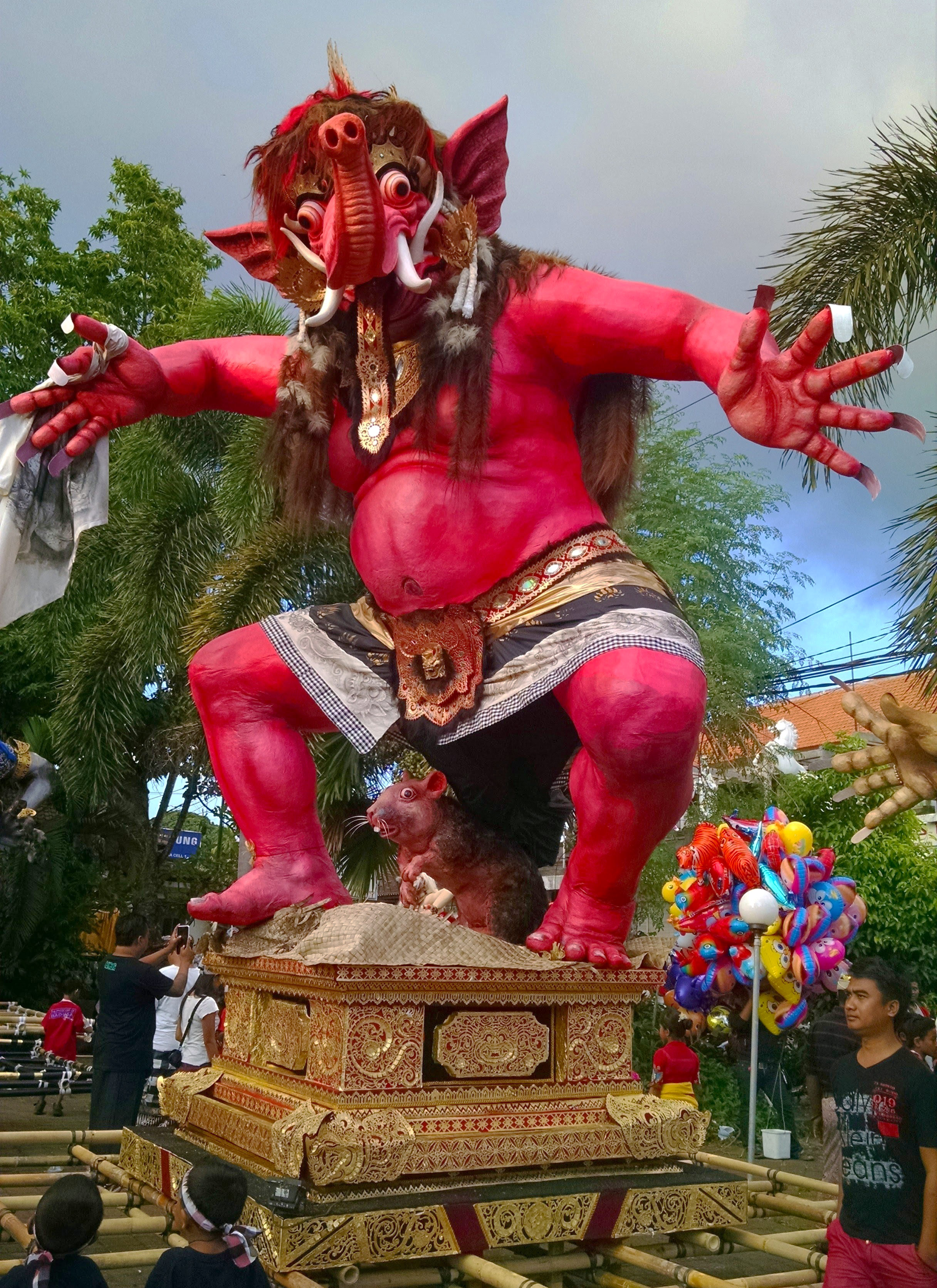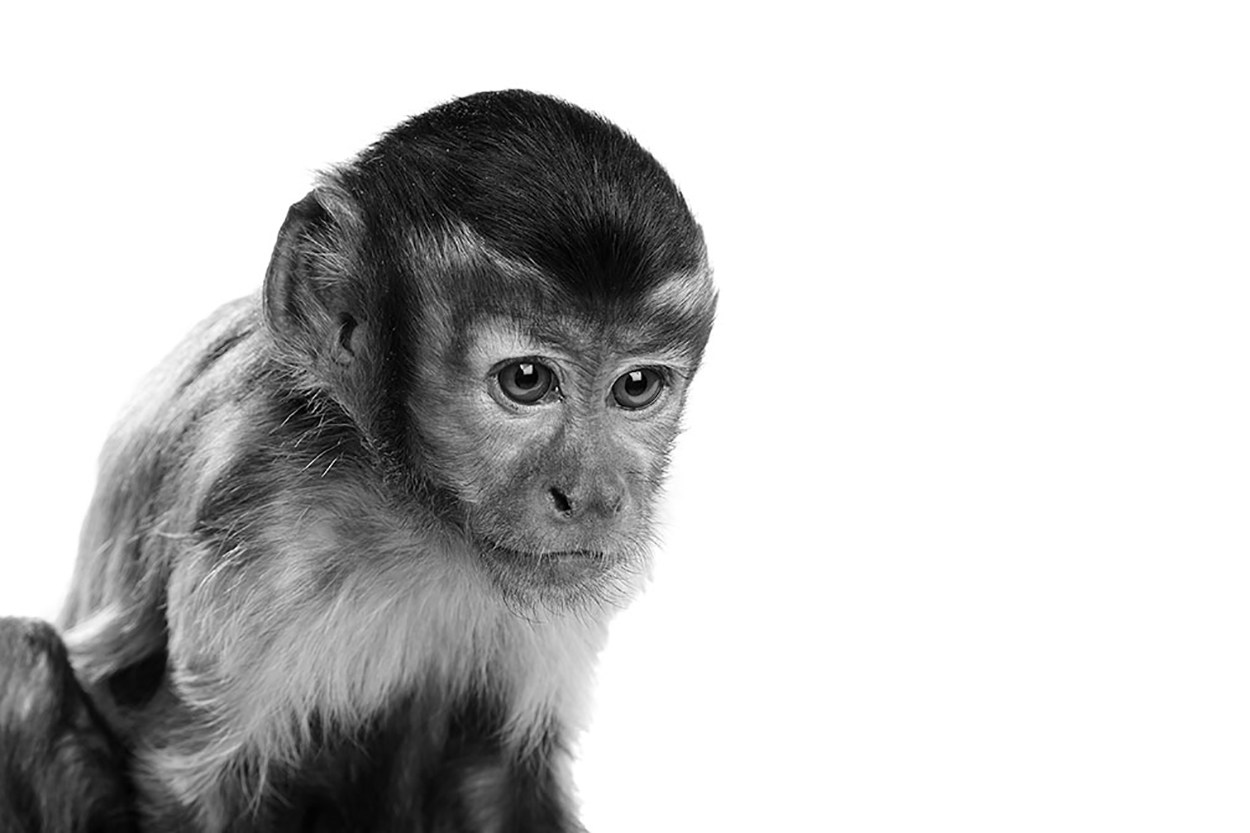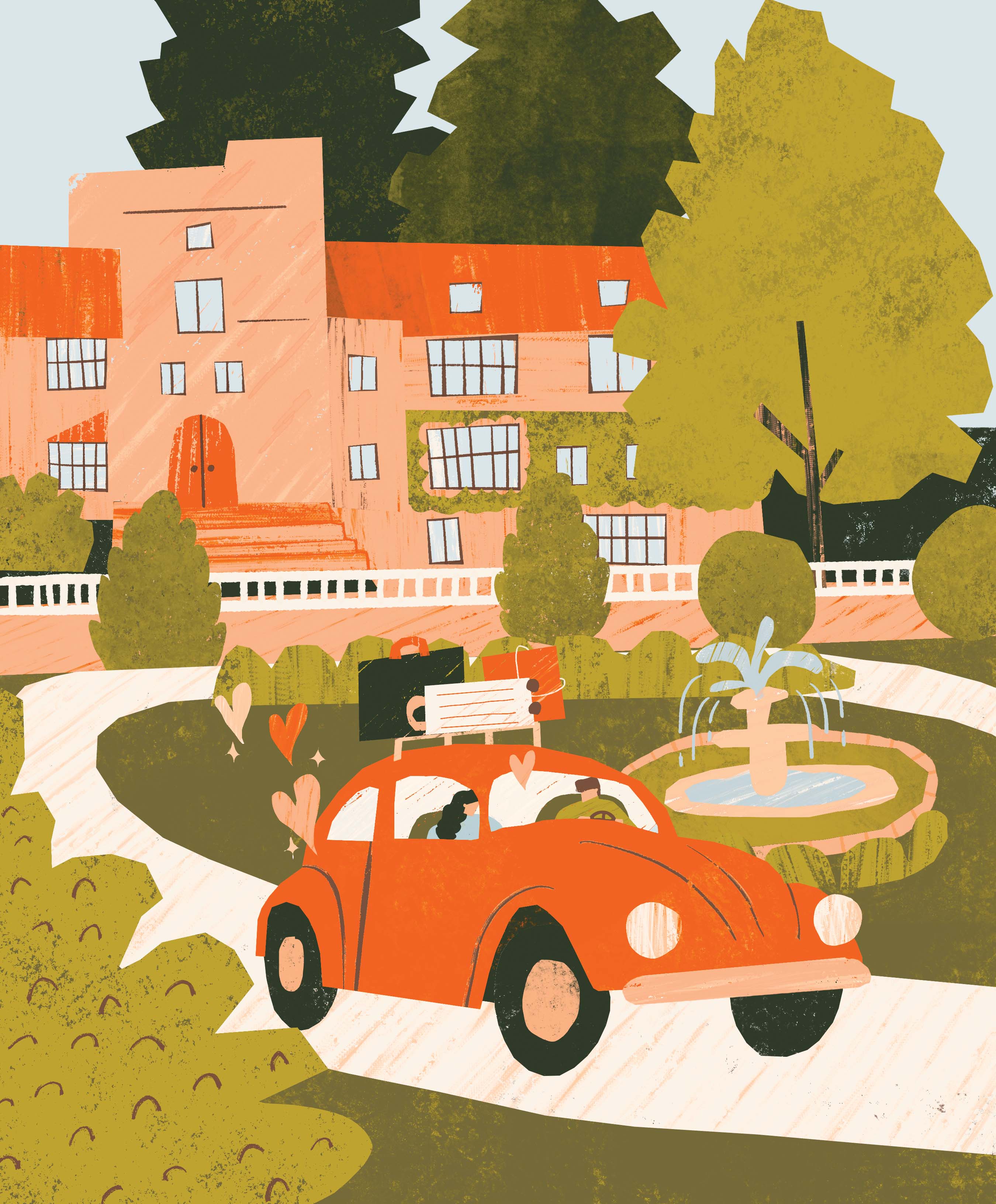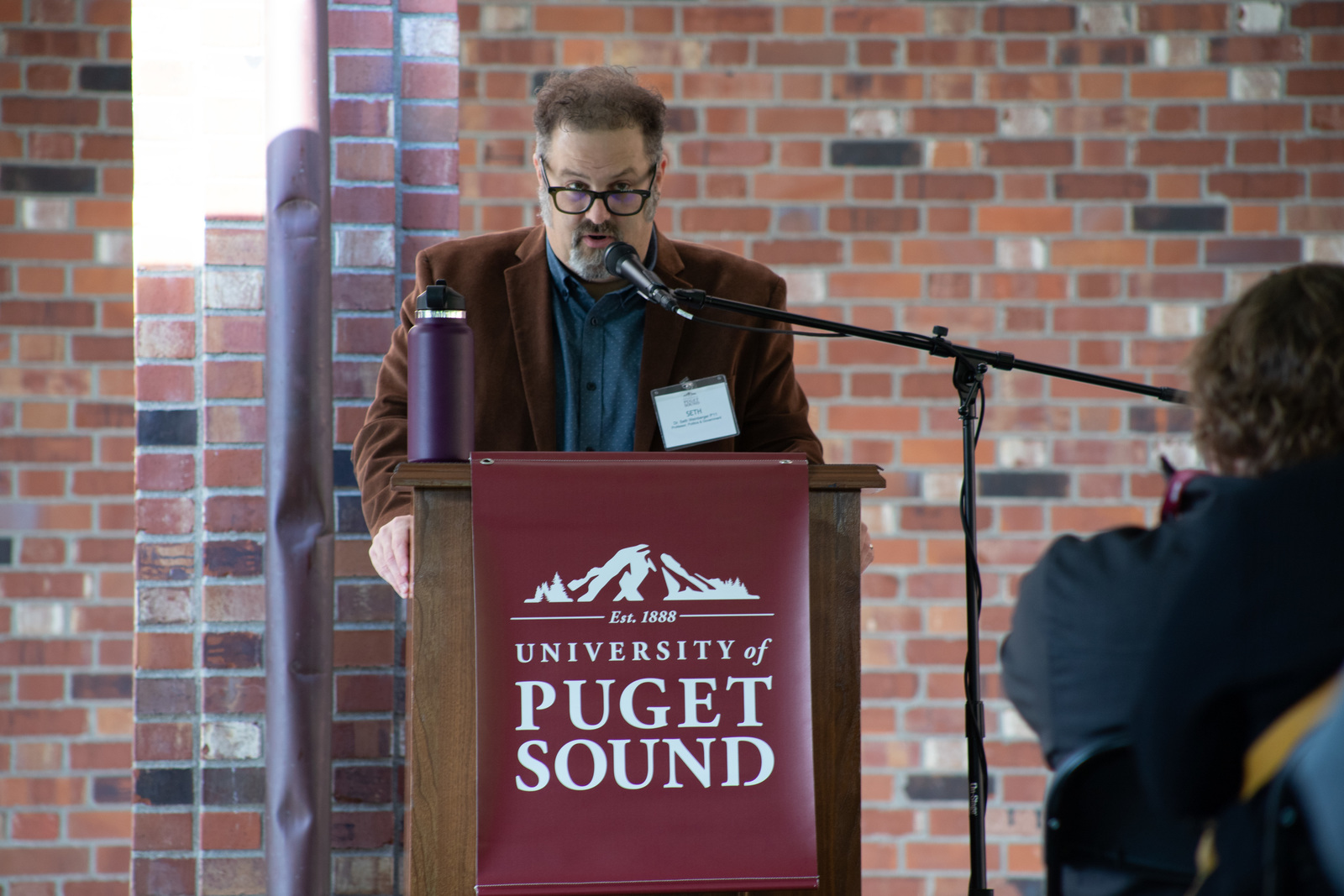Birth and death are the most consequential events in human experience. As they happen around us, to people we know and love, our worlds fundamentally change. The births of my two daughters seismically altered how I saw myself as an adopted person and now as a mother. I didn’t want the fantasy anymore. I wanted the truth. Five years after my second daughter was born, my sister died. Her death shook me again, but on a different level: It threw into question all the assumptions and beliefs I had about my family at that point. The death of my older sister, Rachel, capsized the metaphorical boat that was my adoptive childhood family. Throughout my childhood, my sister was the one person who knew this secret: that being adopted was actually shameful. We never talked directly about it, but we talked and joked indirectly about it all the time. We had an unspoken code: We understood each other and had each other’s back. I held on so tightly to my sister when we were young because she too knew the humiliation and subtle, persistent ache that came with being adopted. We would make endless jokes about our birth mothers and what it would be like if they had kept us.
Rachel’s birth mother was 14 years old when my sister was born. Rachel would tell elaborate stories about living in a trailer, being surrounded by cows, and having 18 younger brothers and sisters at her ankles. My birth mother was in her early 20s and in law school when I was born. Rachel would joke that she was probably a famous politician who would ship me off to some boarding school in Switzerland and would be too busy to give me the time of day. Rachel and I thought these stories were hilarious. Telling them was like cutting into a semi-healed wound. It hurt, but there was some sick satisfaction in telling them. This was our way of getting back at our birth mothers. We ridiculed them. We insulted them. We wanted to tell them we were better off without them, that our adoption was the best thing that had ever happened to us. But we both knew that behind all that cruel hilarity, we were so hurt, so mad that they had left us. Rachel and I were partnered as rejects.
When Rachel died at 42, I felt more alone than I had in my entire life. A giant rift had grown between us in the years before her death, and we were not even on speaking terms in the months leading up to her death. But I knew she was out there, even though she was so far away. Years after our childhood, I still knew that my sister understood me and got me on a level that no one else did. She knew what it was like to carry around the shame of adoption and elaborate stories we would tell ourselves and others to cover up that shame. We had both spent our lives finding different ways to cover over and disguise the scarlet A of adoption that we carried on our chests. I spent my energy building a life in a fashion that I secretly thought my birth mother would be proud of and would approve of. My goal was to make her regret giving me away. My sister’s strategy was just to burn everything to the ground so there was nothing left to be ashamed of. I dealt with my pain by working harder. Rachel dealt with hers by drinking harder, taking more pills, and dulling the pain while it ate her alive. When the pain and shame did catch up to Rachel, culminating in her death from a drug overdose, it felt to me as if all the decorations and distractions I had carefully spent years laying on top of my scarlet A to hide it from view were immediately ripped off. I was left standing naked, unmasked, and totally alone.
I could say that I was adopted because I was the result of an unplanned pregnancy and my birth mother felt she could not raise me. That is a simple explanation that I have given many times, including to my own children, when they ask why I was adopted and why I didn’t grow in their grandma’s belly. But it isn’t that simple. There were so many forces, large and small, many of which I will never know, that contributed to the circumstances of my adoption.
Adoption practices are woven into the fabric of American society and are a direct reflection of how our nation differentially values humans, particularly mothers. Adoption has also operated for years as an anecdote for fixing broken families. Babies born to mothers who could not create—or were told they should not create—a solid family for a child to grow up in are adopted out. And partners who want children seek babies to adopt to make their families complete. But behind all of this are normative assumptions about what a solid and complete family is. Our national politics, economics, and social policies are based on an intransigent image of this family. This nuclear family requires a mother, a father, two or more children, stable housing, a nice front yard, and home-cooked meals. This image is still largely tethered to the Cleavers in the hugely influential 1950s TV show Leave It to Beaver. But the reality, on the ground and in real time, doesn’t look much like the Cleavers at all.
The dominant, valued image of the American family, the Leave It to Beaver picture, is not only an outlier to what real American families look like. It is also heavily problematic and even toxic in how it runs contrary to reality. And adoption practices operate like a microscope, exposing the duplicity and toxicity of this normative American family narrative. Over the past 60 years, there has been a steady decline in the percentage of children raised by two parents. Today, nearly four in 10 births are to single mothers or mothers living with a nonmarital partner. At the same time, household family structures are transforming to include multiple generations living together and children living in blended families, with stepparents and other guardians who are not biological parents. Marriage rates are the lowest they have been in the past 60 years, and divorce rates are at an all-time high.
People make families. Birth is an essential part of the creation of families. And birth rates are also dramatically shifting. In 1976, 40% of women ages 40 to 44 had four or more children. By 2014, that number had dropped to 14%. Birth rates in the United States are dropping dramatically. Family size is shrinking and changing. Yet there is one demographic in which we currently see a rise in birth rates. In 1960, only 5% of all births occurred outside of marriage, whereas by 2000, that number had climbed to nearly 25%. Within this group of babies being born outside marriage, virtually all the growth has been driven by increases in births by cohabitating women.
As these family trends are dramatically shifting, so are adoption rates. At their absolute peak in 1970, 175,000 babies and children were adopted in the United States. By 2012, that number had dropped to 125,000. As the number of babies and children being adopted is decreasing, a larger percentage of those being adopted are being adopted by extended family members, many of whom are biologically related to the child. The picture of the American family is changing. Yet assumptions about the American family and who has access to that narrative have failed to change.
My adoption story fits congruently with the data. I was born and adopted in 1975, when adoptions were at their pinnacle. None of the members of my immediate family are biologically related to me. I have lived my life in a family pulled together by loose threads of legal connection, held together by contracts of adoption and marriage, not blood. Sometimes people choose to adopt children to fill a void in their lives and to fulfill the image of them as parents that society expects. In these circumstances, the adoption is about the parents, not the children. The child’s job is to provide this image for the parents, to play a role so that parents can feel validated in their creation of the nuclear family that society has for decades reinforced as the backbone of success. This image—and the accompanying necessity of children to justify one’s value and worth—is especially true for women.
To a certain degree, I believe this is the context in which I was adopted. My sister and I spent our childhood trying desperately to play the role of appeasing and pleasing children so that the family image was gratifying to my parents. Conversely, we also, at times, worked diligently and ruefully to defy this role, disrupting this normative image of family. This disrupting role was almost entirely the part my sister took on, and my parents, to a large degree, were ill-equipped to respond to her defiance. I now understand that all of us failed to see how my sister’s actions stemmed from her suffering, shame, and pain. Most of my childhood was spent in a confusing paradox: a wholesome, united, and privileged family unit versus what I saw and felt on the ground on a daily basis—chaos, pain, and unending battles between separate and unconnected people. I spent much of my life pretending that we were an ideal of what a family should and could be through the power of adoption. This pretending and the consequential silencing of the truth destroyed my sister. Only in her death was she able to speak her truth to power.
